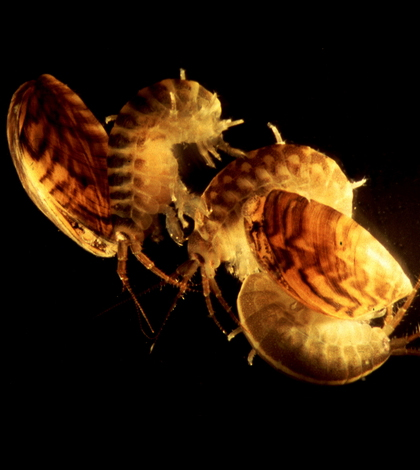Study finds invasive species continue to threaten Great Lakes, encourages strict regulation

A new study of the Great Lakes-St. Lawrence River Basin has found that established and potential invasive species continue to warrant regulatory attention. The research, conducted by a team of scientists from McGill University and their colleagues in Canada and the U.S., found that at least 20 percent of these species are threatening the natural ecosystems, and researchers warn that the native species are at a serious risk.
Possible threats, such as the dikerogammarus villosus or “killer shrimp,” which deliberately kill other species without consuming them, are encouraging legislation for managing the waters. More than 180 invasive species have already entered the Great Lakes ecosystem. The main causes of their invasion are ballast water discharge from transoceanic shipping and live trade.
To tackle the issue, they devised three methods for regulation and management of the lakes. Each method encourages tightening up ballast water regulations, which has already made a positive difference in the lake’s ecosystem, and implementing strict policies for live trading, which is largely unregulated. The most optimistic method would be to “harmonize” those regulations and the enforcement of them between Canada and the U.S.
McGill professor Anthony Ricciardi, an invasive-species biologist who supervised the study, said in a statement, “In addition to harmonized regulations on live trade, the two countries must coordinate early detection and rapid response to new threats – before an invasion has progressed beyond control.”
Top image: Killer shrimp attacking zebra mussels. (Credit: Jamie Dick and Dirk Platvoet)





0 comments